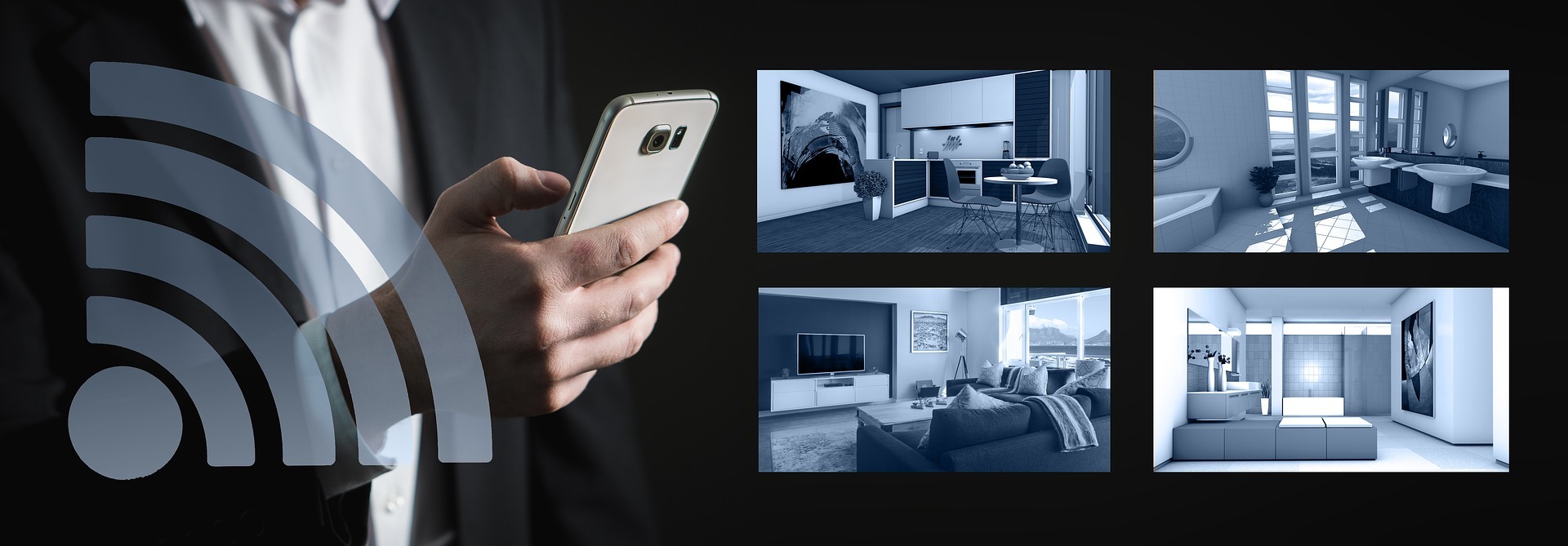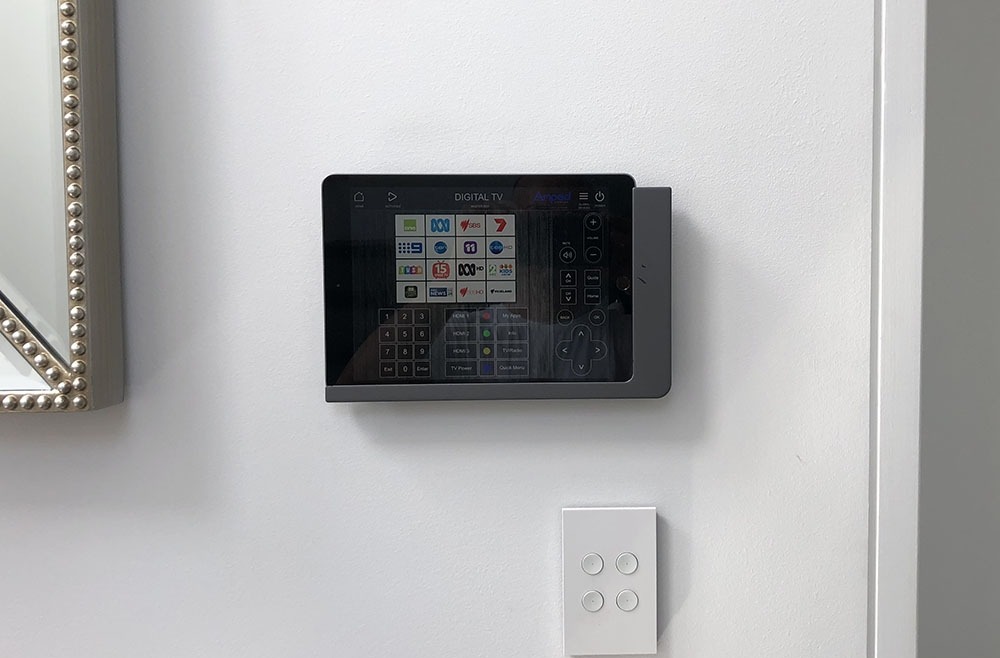Looking to create more convenience and ambience in your home? With fully adaptable smart home lighting you can take control of your rooms and enjoy the comfort of whole-home management. Whether you want to create mood lighting or have the lights turn on automatically when you enter your home, there is a solution that meets your needs. Vision Electrical Solutions offers smart home wiring and installation.
Smart Home Lighting Electrician
As smart home lighting becomes a much sought-after approach to enhancing architectural and interior design concepts in home design, transformational lighting gives you a revolutionary appreciation of colour, texture, space and proportion. It can affect the way you feel about a space, and as humans, we are very responsive to changes in light.
Smart home lighting allows you to program the tone and feel of any space at different times of the day. For example, with a smart home automation system, you can set the scene in one touch. You might have a circuit control that allows you to set scenes for when you arrive home, are dining with family, watching TV or entertaining.
Just picture having sensors that automatically activate dimmer lights late at night when entering hallways, or subdued lighting for a late-night dip in the outside pool. And imagine having adjustable lighting to provide highlights for greenery, wall features and ornaments. The list is endless for what you can do with smart lighting.
Now that we have seen what smart lighting can do, let’s take a look at how smart home lighting works.
How does smart home lighting work?
In a nutshell, each transition of lighting is possible with the simple press of a button. This activates smart sensors. Transitions or scenes can even be scheduled to occur at specific times of the day.
But smart home lighting control really makes a name for itself in large homes, allowing homeowners to set the ambience for an occasion or turn off unused areas from the convenience of a touchscreen, TV menu or smartphone. You can even use ‘all-off’ commands when everyone goes to bed.
By integrating smart home lighting with your security system, you can set up ‘welcome home’ lighting if you are arriving home in the dark or have a pattern of lighting at night when on holidays. Although we are focussed on smart lighting, it must be pointed out here that you can also program your motorised blinds to work with your smart light switches. With smart home automation, your home will feel far easier to manage.

Now, let’s learn more about the type of smart lighting that is available.
Smart bulbs
Smart bulbs, such as the Philips Hue, have the ‘smartness’ built into them. They are designed to be the innovative replacement for the conventional light globe. Creating different moods and ambience with splashes of colour, smart bulbs only work when the physical switch is on. You can control transitions using the app or voice-commands so long as the light is turned on from the wall switch. The app will not be able to turn the switch on.
Smart switch
Smart lighting switches or modules are small devices installed behind almost any light switch to add ‘smartness’ to any connected light. These modules can be upgraded. As well as controlling the light, the smart light switch gives you added methods of control. For example, you can turn the light off from the wall switch and turn it back on using the app or voice-command, and vice versa.
Smart control system
At the other end of the spectrum, we have the smart control system. Your lights can be controlled via a physical switch, voice, sensors and of course, an app. No longer is it enough to have just a simple ‘on/off’ switch. Consumers of smart home automation setups want to be able to adjust the brightness, set the hue and saturation, and apply the same settings across a group of lights. With just one touch or voice-command, your smart home lighting activates smart sensors to set the ambience for any given occasion.
Installed in your home by an expert home automation electrician like Vision Electrical, a smart control hub will allow you to personalise your lights to turn on or off at specific times of the day, have them automatically alternate when you are on holiday or program them to change according to the seasons. And an added bonus – you will save yourself energy if you control your lights to use motion sensors and luminous sensors.
Now, we will take the opportunity to examine and compare all three types of smart lighting so that you can decide which one is best suited to you.
Considerations and comparisons
In retrospect and based on the above information, smart bulbs cannot truly be classified as ‘smart’ because they require manual switch control. However, this does not make them any less superior in terms of your requirements. All three options perform an exceptional job doing what they are designed to do. But which of them is more affordable?
The general rule here is that the more smart lights you want the more cost-effective the light switches become. But if you are after just a few smart lights, smart bulbs might be the way forward. You can install them yourself, and WiFi and Bluetooth smart bulbs do not require a hub.
Smart switches often require a smart hub which must be installed by a licensed electrician. Something to keep in mind is that if you do not have a smart hub, you will only be able to have a limited number of smart devices. Plus you will not benefit from the advanced features that hub-based networks offer.
However, there is a chance you might catch the smart-home bug and intend to add more devices to your home in the future. Without a hub you may be at risk of reduced performance and patchy connections the more smart devices you add to your home.
So, really your choice hinges on how many smart devices you want to set up in your home, and whether you might consider more in the future. Of course, there is the added consideration of how much you would like to spend.
Related Posts:
Reliable Electrician in Manly During Pandemic
Pool Electrician: Make Your Pool Safety from Electrical Shock
Security Camera Installation: Why do you need it?
Final thoughts on Smart Lighting
To sum up, true smart lighting brings into play multiple ways you can take control of the lights in your home. The one light can be controlled by voice commands, a smart home app or the wall switch. It is important that you do not dive straight into a smart home ecosystem without first considering the system’s functionality though. Will you be able to add more smart devices to it? Will you be able to have all smart devices working seamlessly together?
If you are interested in installing smart lighting but are not sure which direction to take, contact our team of lighting control system electricians, Northern Beaches, at Vesolution.




